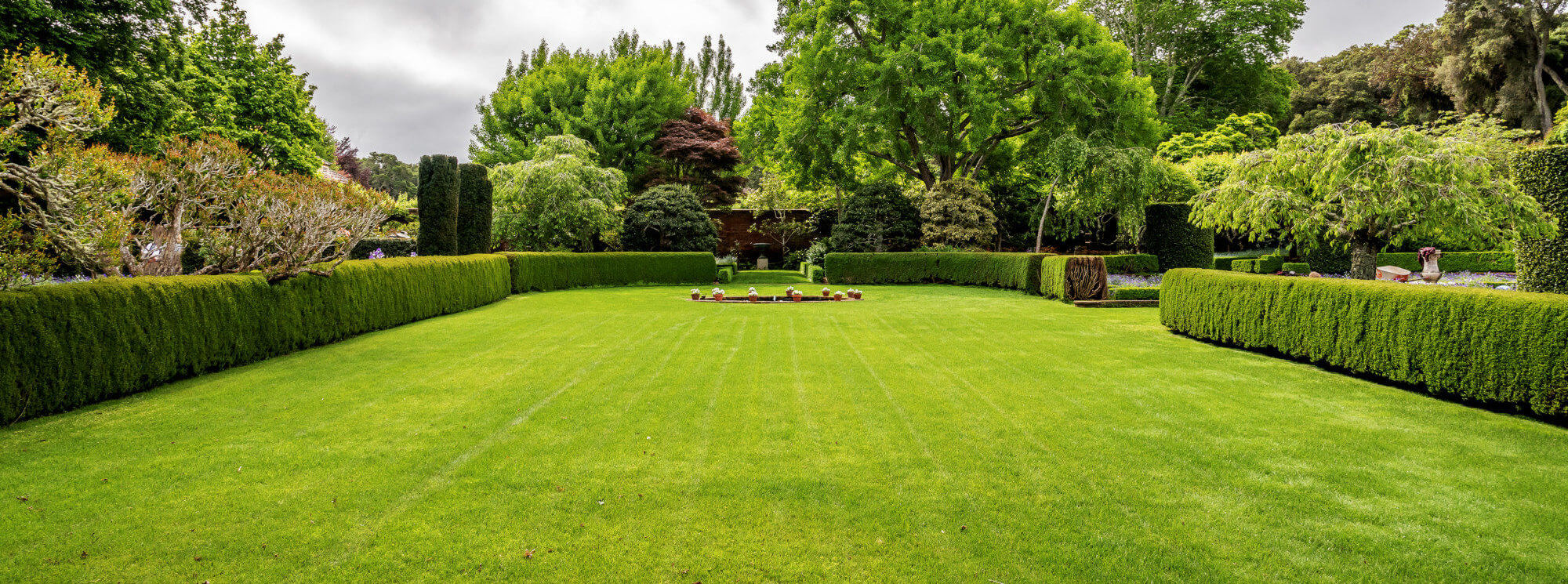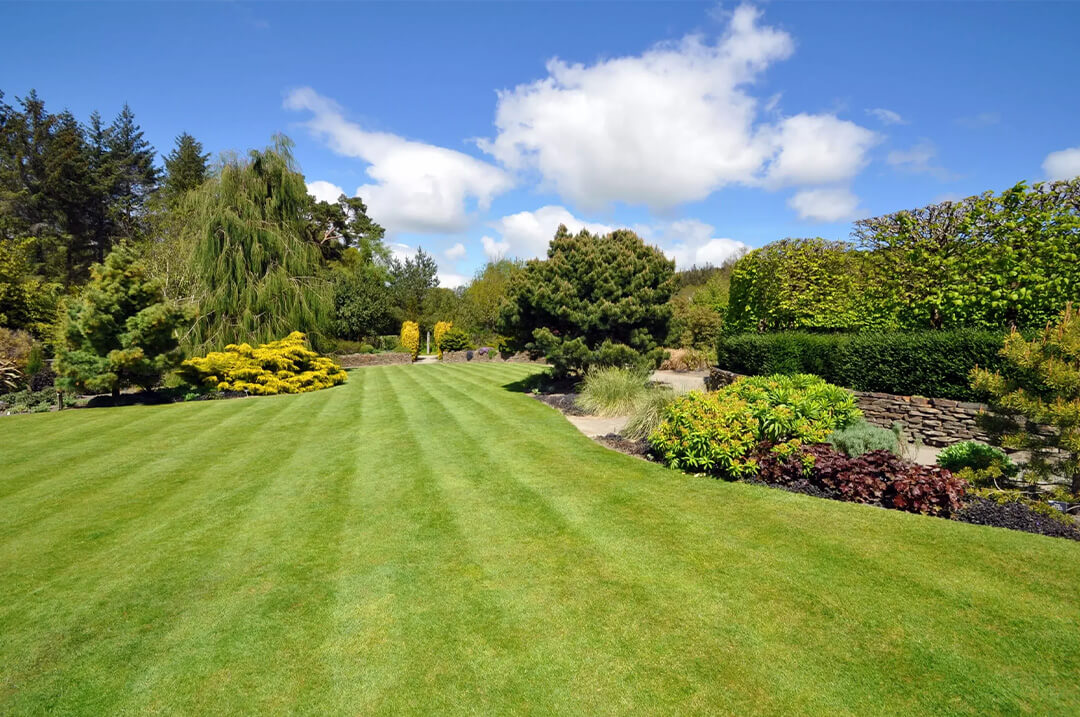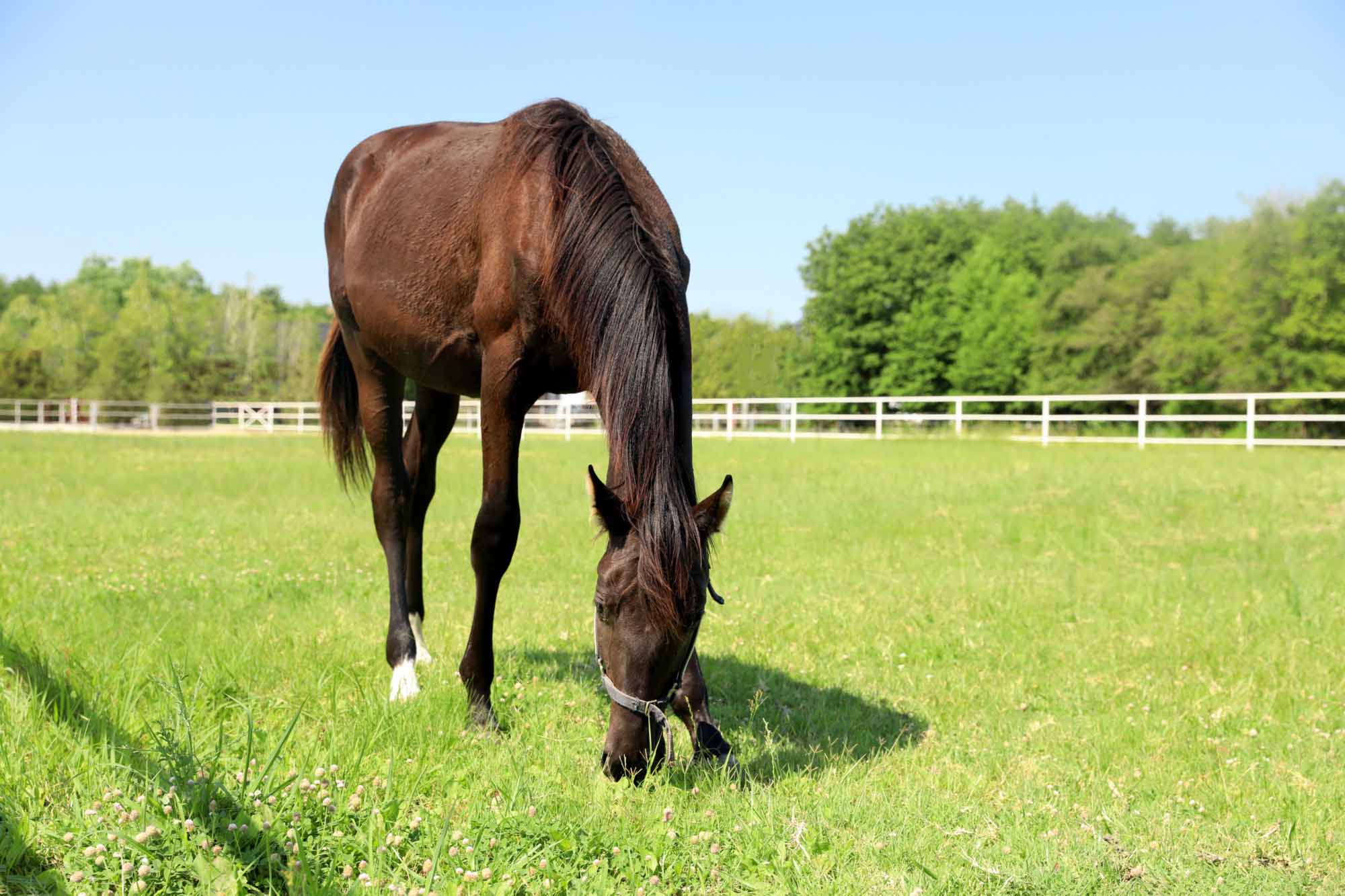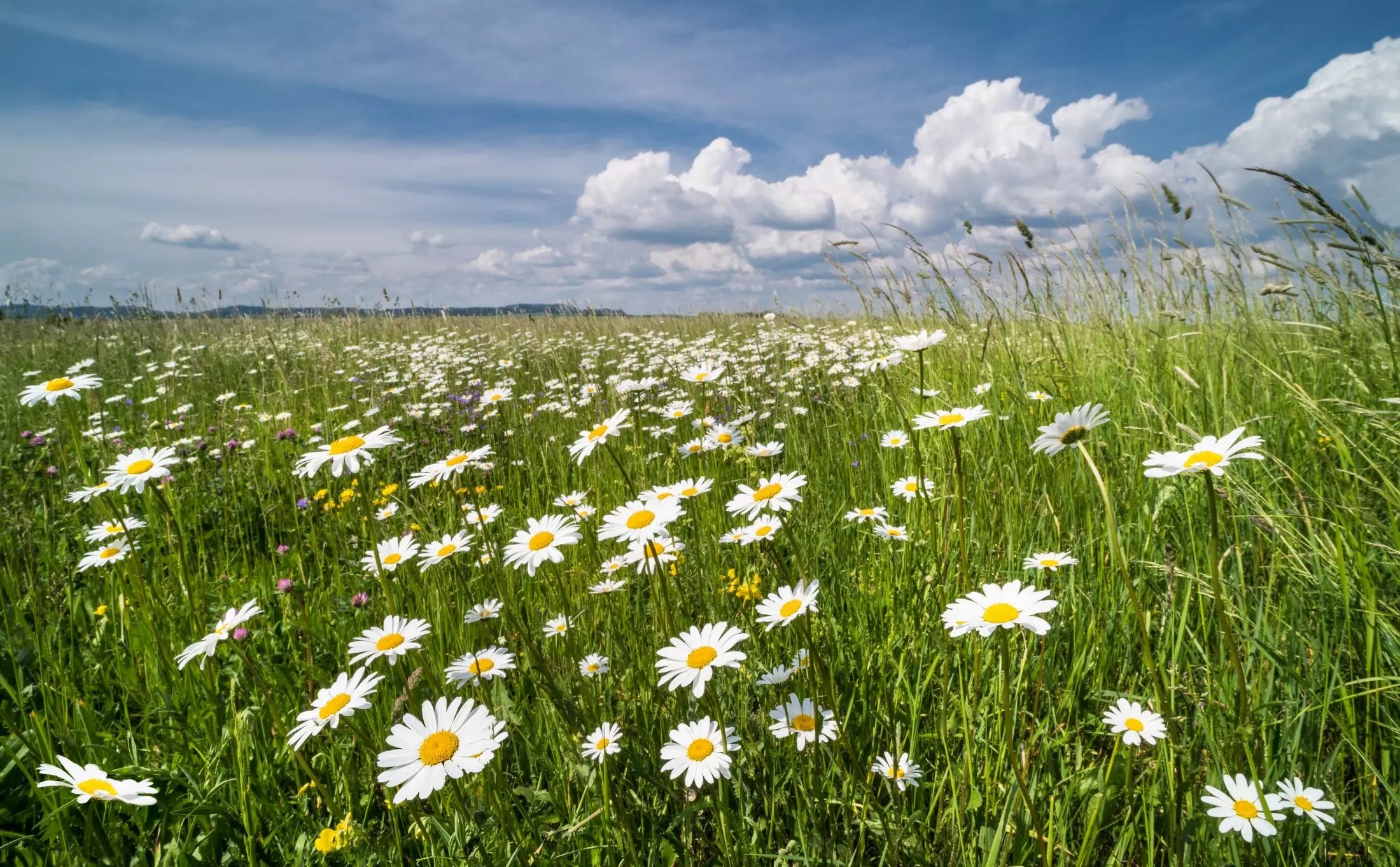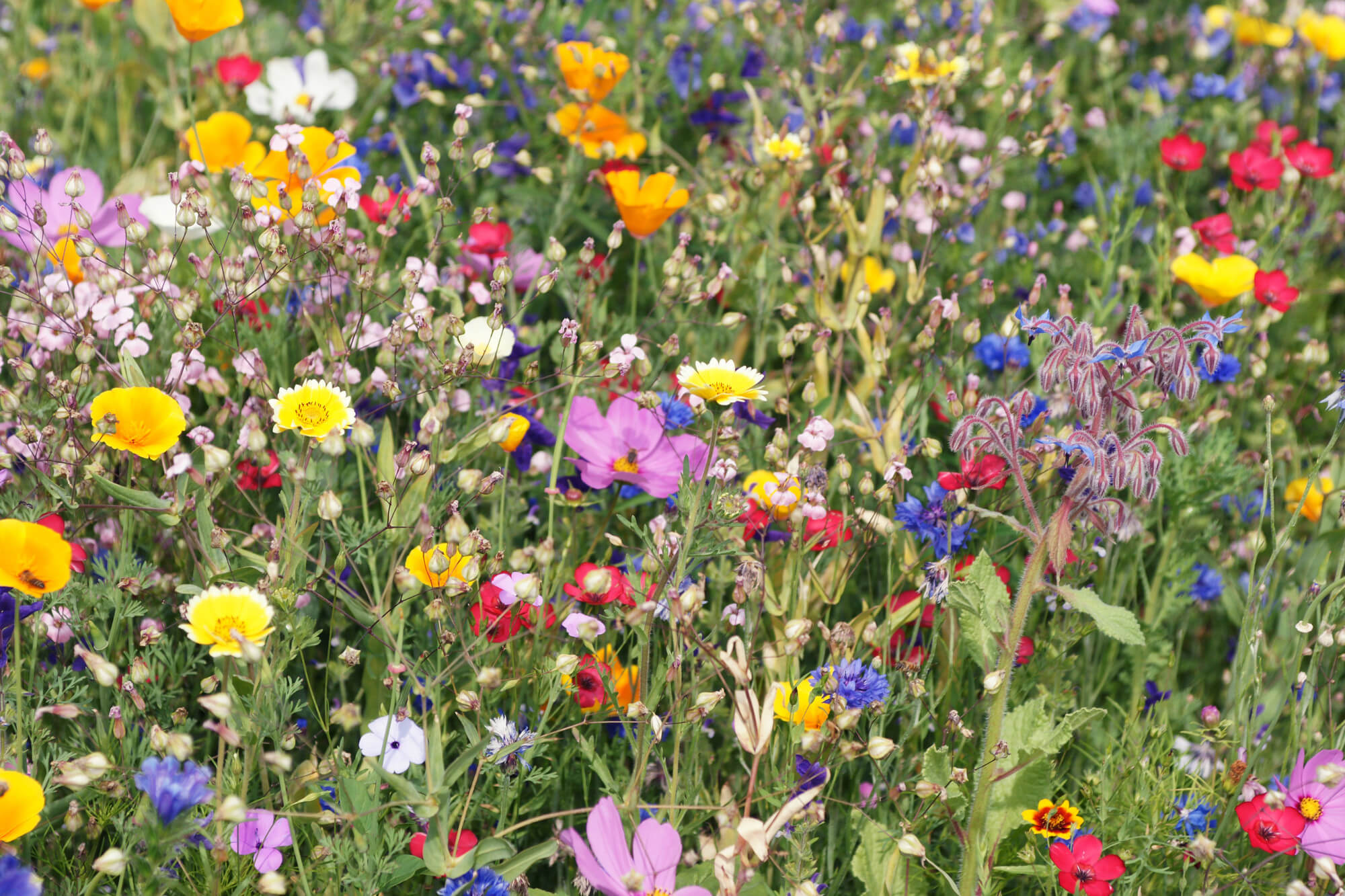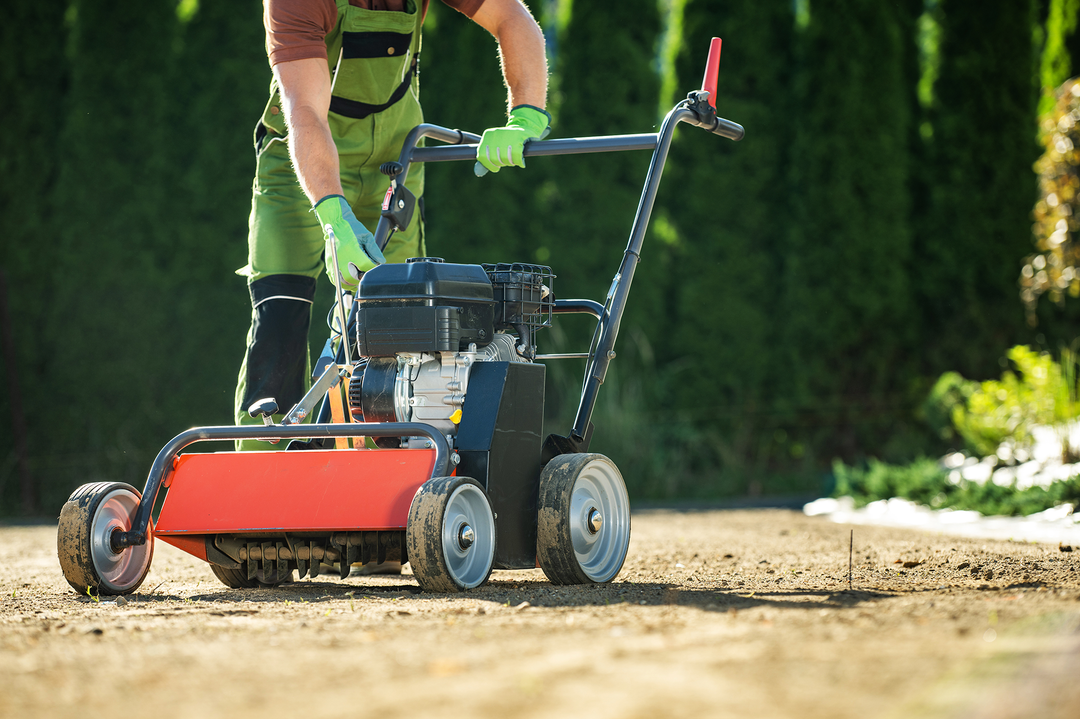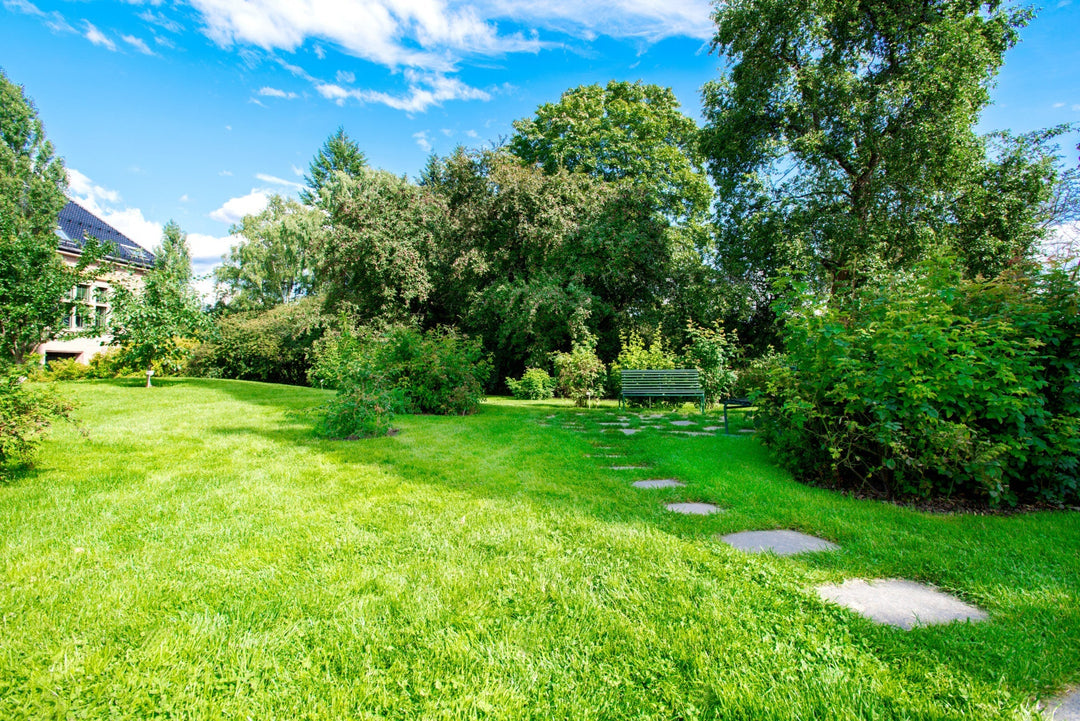Imagine stepping onto a lush, green lawn that feels like a soft carpet underfoot—perfect for family games, picnics, or simply enjoying a peaceful day outdoors. Creating a family-friendly lawn goes beyond aesthetics; it transforms your outdoor space into a cozy extension of your home where memories are made and cherished. However, finding the ideal grass seed and knowing how to care for it are crucial steps to achieving this dream lawn.
Developing the perfect family-friendly lawn starts with choosing the right grass seed tailored to your specific needs, whether it's withstand the bustling activity of kids and pets or adjusting to varying levels of sunlight and soil types. Considerations such as drought tolerance, high-wear seed varieties, and fast-germinating options are essential to creating a resilient and inviting lawn. Moreover, understanding your soil type and preparing it correctly are pivotal for ensuring robust growth and long-lasting vitality.
This ultimate guide provides comprehensive insights on every aspect of creating a family-friendly lawn, from selecting the perfect seed mix to mastering maintenance strategies that keep your green space thriving year-round. Along with expert advice and resources, you'll be equipped to create and sustain a lawn that's not only visually appealing but also functional for every family occasion.
Benefits of a Family-Friendly Lawn
Creating a family-friendly lawn involves choosing the right grass seed. Opting for hardwearing grass seed ensures durability and resilience, making it perfect for areas with children and pets. These seeds tolerate heavy use, keeping your lawn looking vibrant and green.
Effective Seed Mixture:
- 80% Amenity Perennial Ryegrass
- 20% Strong Creeping Red Fescue
This blend recovers quickly from stress and is suitable for various soil types. It establishes well year-round, providing a lush and healthy lawn in any season.
Advantages of Hardwearing Seed:
- Durability: Resists wear and tear from high traffic.
- Aesthetic Appeal: Maintains a vibrant green colour.
- Ease of Maintenance: Requires less ongoing care.
Tips for Optimal Results:
- Use a seed spreader for even distribution.
- Apply pre-seeding fertiliser for enhanced growth.
Importance of Proper Maintenance:
- Fertilisation: Boosts lawn growth.
- Weed Control: Keeps your lawn immaculate.
By selecting and maintaining this seed mix, you ensure a robust and attractive family lawn. This approach guarantees long-lasting appeal and functionality, accommodating all family activities.
Choosing the Right Grass Seed
Selecting the right grass seed for your family lawn is essential to create a space that is both beautiful and functional. Hardwearing grass seeds, such as those with a blend of amenity perennial ryegrass and strong creeping red fescue, offer durability and resilience, making them ideal for high-use lawns. This mixture, particularly the GSO Hard Wearing Lawn Seed, is specifically designed for heavy foot traffic and frequent family activities. It recovers quickly from wear while maintaining its vibrant green appearance. The Sports Turf Research Institute (STRI) tests these varieties, recommending them for their strength and ability to withstand the rough and tumble of family life. For effective establishment, sow these seeds when soil temperatures reach 7-8 degrees Celsius and utilise a pre-seeding fertiliser like Growmore to promote healthy growth.
Understanding Drought Tolerance
Drought tolerance is a key factor when choosing grass seeds, especially for areas with limited water access. Grass varieties like smooth-stalked meadow grass (Poa Pratensis) enhance drought tolerance and help lawns recover from wear. In regions with sandy soil, which retains moisture poorly, drought-resistant seeds provide a practical solution. Some grasses show excellent resilience in dry conditions, making them suitable for larger gardens where frequent watering isn't feasible. When selecting a grass seed, consider water availability in your area. This ensures you choose a variety that thrives even when water resources are scarce, maintaining your lawn’s health and appearance.
Considering Sunlight Exposure
The amount of sun your lawn receives plays a significant role in the selection of grass seed. Some varieties flourish in full sun and are necessary for areas with extensive sunlight. Others, like our Grass Seed For Shaded Areas, are designed for shade and help boost growth in areas with limited light. Selecting the right grass seed based on sunlight exposure is crucial for achieving a lush, green lawn throughout the year. For lawns that have significant shade, opt for seeds that thrive in low-light conditions. This consideration ensures your lawn stays healthy and vibrant, regardless of its exposure to the sun.
Evaluating Lawn Usage Intensity
Ryegrass is recommended for lawns subjected to heavy traffic due to its resilience. Family gardens often incorporate a higher proportion of ryegrass to endure frequent use by children and pets. Combining ryegrass with creeping fescue creates a dense and robust lawn ideal for high usage. Hardwearing, durable grasses are essential for lawns often used for play and outdoor activities. Ornamental grasses, which are not as resilient, are discouraged in these settings. By understanding the intensity of your lawn's use, you can select a seed mix that ensures durability as well as an aesthetically pleasing appearance.
High-Wear Seed Varieties
For high-use lawns, choosing the right seed varieties is crucial. Modern dwarf perennial ryegrass and strong creeping red fescue are popular options, offering resilience and a vibrant, year-round green lawn. GSO's Hard Wearing Lawn Seed, for example, is tailored for areas of high activity. These mixtures include seeds that provide excellent wear tolerance and quick recovery from household activities. Such seed mixes usually comprise 80% amenity perennial ryegrass and 20% strong creeping red fescue. Selecting such varieties helps maintain a lovely lawn despite regular use, ensuring a beautiful and robust outdoor space for your family.
Quick-Germinating Seeds
For those who need a fast lawn solution, quick-germinating seeds are the answer. Options like Fast Growing Grass Seed sprout within days, providing rapid lawn repair and rejuvenation. Lawn Repair & Renovation Grass Seed can germinate in as little as seven to ten days, making it ideal for urgent lawn needs. Fast-growing seeds manifest robust growth within three weeks of planting. These seeds usually include fast-growing species such as modern dwarf perennial ryegrass and red fescue. The best time for planting these seeds is during spring or autumn when soil temperatures range from 10-18°C, promoting optimal growth conditions.
Assessing Soil Types
Choosing the right grass seed for your family lawn depends heavily on your soil type. The three primary soil types you'll encounter are loam, sandy, and clay. Each has its characteristics that affect grass growth. Loam soil, with its balanced drainage and moisture retention, is the most suitable for healthy grass growth. In contrast, clay soils retain moisture but compact easily, while sandy soils drain too quickly and require frequent watering. Understanding these traits helps you select the best grass seed for your lawn.
Sandy Soils
Sandy soil poses a unique challenge when growing a lush, green lawn. Its lack of moisture retention means grass seeds need to be adaptable. These seeds should thrive even when water isn’t abundant. Water drains too fast in sandy soils, forcing homeowners to water lawns more often. For this reason, selecting the right grass seed blend is crucial. Ideal seeds for sandy soil include varieties that handle both quick drainage and sporadic watering. These blends aim to create a resilient lawn despite the less-than-ideal conditions.
Clay Soils
Clay soils offer excellent moisture retention but pose issues with compaction. This compaction can hinder grass root penetration and affect overall lawn health. Specialist grass seeds designed for clay soil offer a better chance at thriving. However, it remains vital to maintain proper aeration and organic content to combat compaction. These practices improve air and water flow, making grass growth possible. Choosing the right seed blend is essential in ensuring a vibrant lawn on clay-rich terrain.
Ideal Seed Mixtures
For family lawns, selecting the right seed mixture ensures that your lawn stays green and robust year-round. Mixtures like modern dwarf perennial ryegrass paired with red fescue create a lush and durable surface. Products such as GSO's Ultimate Lawn Seed blend functional ryegrasses with Slender creeping red fescue. These mixtures handle the wear from children and pets while looking good. Applying a pre-seeding fertiliser, such as Pre Seeding Booster Fertiliser, enhances germination and promotes establishment. High-quality mixtures are user-friendly, quick to grow, and develop strong root systems, perfect for a family-friendly lawn environment.
Preparing the Sowing Site
Creating the perfect lawn begins with preparing the sowing site. Proper preparation ensures healthy grass growth. Start by clearing the area of any debris, rocks, and weeds. Remove obstacles that might hinder the new grass roots. In existing lawns, consider scarifying or aerating the soil. This action loosens compacted soil and removes dead grass or debris. When starting a lawn from scratch, till the soil about 20 centimeters deep. This helps to loosen and aerate the soil adequately. A lightly raked soil creates a fine crumb texture perfect for seed sowing. Also, ensure that perennial weeds like brambles or nettles are entirely cleared. This step is crucial for a successful and vibrant lawn. Preparing the site properly lays the foundation for a thriving and beautiful lawn.
Soil Testing and Preparation
Understanding your soil is crucial before planting grass seed. Good soil preparation ensures a top-quality lawn. The type of soil on your lawn affects which grass seed will grow best. Loam is ideal as it drains better than clay and holds moisture better than sand. When you're ready to sow, dig the soil to a depth of 20 to 30 centimetres. Remove any large stones and weeds by hand. If the soil is uneven or of poor quality, adding topsoil can create a level seedbed. Different soils have different needs. For example, clay holds moisture well but may need specialist grass seed. Sandy soil, on the other hand, doesn't retain moisture. It will require more watering. Understanding and preparing your soil will lead to a robust and resilient lawn.
Selecting Correct Seed Quantity
Selecting the right amount of grass seed is as important as choosing the seed type. Our Grass Seed Calculator helps to determine the amount of grass seed you need. If your lawn is large, buying in bulk saves money. The price per unit decreases if you buy in bulk. A 5KG bag covers an area of 140 square meters. Knowing this helps in planning how much seed to buy for different lawn sizes. Thus, understanding how much area each product covers assists in purchasing the right quantity. Bulk buying not only saves money but ensures you have enough seed to cover your lawn. This step is vital for ensuring an evenly seeded area.
Timing Your Planting
Choosing the right time to plant grass seeds can make a big difference in your lawn's health and appearance. The best seasons for sowing depend on temperature and moisture, which affect seed germination. Planting during late spring or early autumn provides ideal conditions, thanks to warm soil and consistent moisture. During these periods, the temperatures typically range from 10-18°C, which is optimal for seed growth. Planting in early autumn (September-November) allows grass to take root before winter. Meanwhile, sowing in mid-spring (March-April) benefits from increasing warmth and daylight. Seasonal timing is crucial to ensure your lawn thrives and remains vibrant through varying climate conditions.
Avoiding Summer Months
Sowing grass seed during summer is often discouraged for several reasons. The extreme heat in summer dries out the soil quickly, making germination difficult. Young grass also faces more stress due to high temperatures and the increased likelihood of family foot traffic. Additionally, maintaining moisture levels can be challenging, requiring daily watering. This constant watering could lead to seed washout or waste, especially if seeds are sown too thickly. Furthermore, grass planted in summer might not develop fully until autumn, missing out on cooler, more favourable growth conditions. For these reasons, it's wise to avoid summer sowing.
Optimal Planting Seasons
Early autumn and mid-spring are considered the best times for planting grass seeds. During these periods, the temperatures are moderate, and moisture levels are steady, offering perfect conditions for seed germination. Late spring and early autumn also offer similar benefits, keeping the soil warm and moist without the harshness of summer or winter. The mildness of these seasons helps seeds grow and roots establish well. Prior to sowing, it's important to prepare your soil properly by removing perennial weeds and breaking it down into fine crumbs. These steps ensure your lawn gets the best start and reduces ongoing maintenance needs. Both spring and autumn are well-suited to provide the conditions necessary for a lush, durable, and green family lawn.
Seasonal Lawn Maintenance
Caring for your lawn throughout the different seasons ensures it remains healthy and vibrant. By adopting the right maintenance techniques, your lawn can be durable and resilient. It’s important to use seasonal fertilisers to keep the grass lush and disease-free. Fertilising during specific months will prepare your lawn for the upcoming season, boosting its health and appearance. Additionally, understanding the best times for sowing grass seed, such as between March to May and September to October, helps in establishing a thriving lawn. Remember, seasonal adjustments are crucial. For instance, during hot weather, keep your mower blades high or avoid mowing entirely to protect the lawn.
Autumn Lawn Care Strategies
Autumn is the perfect time to prepare your lawn for the cooler months. When you sow grass seed in this season, it gives the grass time to establish itself before the winter chill. The moderate temperatures and consistent moisture levels in early autumn create an ideal environment for grass seed germination. To ensure successful growth, make sure the soil is well-prepared, free from perennial weeds, and properly loosened. Applying top-dressing, like sieved potting compost in September, can aid in filling any depressions in the lawn, leading to a smooth, even surface. Light use of the lawn during this time is advised, especially if it's newly seeded, to prevent damage while the grass establishes.
Year-Round Green Space Tips
Maintaining a lush green lawn all year involves choosing the right grass seed mix and care routine. Hard-wearing lawn seed mixtures are excellent for creating robust, vibrant lawns. These blends often include fast-growing grass species like dwarf perennial ryegrass and red fescue, known for their durability and resilience. In addition to choosing a hard-wearing seed mix, incorporating drought-tolerant varieties helps maintain the lawn's green colour, even in tough conditions. Specially cultivated ryegrass ensure your lawn holds its vivid green hue throughout the seasons. Regular maintenance, such as periodic trimming and using seasonal fertilisers, is vital for keeping the lawn healthy. With the right grass seed and care, your lawn can be an inviting, vibrant green space all year.
Expert Insights and Resources
Creating a lawn that is both beautiful and family-friendly requires careful planning. Selecting high-quality grass seed tailored to family use is essential. GSO offers seed mixtures that produce a robust, verdant lawn. These mixtures, developed with modern varieties, aim for high germination rates. Hard-wearing grass seed mixes often utilise fast-growing species, such as modern dwarf perennial ryegrass and strong creeping red fescue. These grasses ensure durability, making them ideal for an active household. Pre-seeding fertilisers can also enhance growth. The Sports Turf Research Institute (STRI) recommends these seeds for their superior wear tolerance. So, when planning your lawn, investing in these proven mixtures guarantees a verdant and resilient space for family enjoyment.
Consulting with Horticulturists
While lawn seed varieties promise resilience, understanding their optimal use can be challenging. Consulting with a horticulturist provides valuable insights into creating a robust family lawn. Though specific instructions aren’t provided here, a horticulturist can guide you on using different seed types effectively. They can also help tailor care plans based on your local climate and soil type. These experts make sure your lawn is lush and durable, minimising issues down the line. Whether you’re starting fresh or improving an existing lawn, horticulturists offer personalised advice. Their expertise ensures that your outdoor space thrives, providing a beautiful area for family activities.
Utilizing Online Lawn Care Resources
Online resources are invaluable for lawn care. Numerous platforms provide a wealth of information on maintaining family-friendly lawns and these are especially beneficial for families looking for a hardwearing play area. Each mix is backed by rigorous testing, including recommendations from the Sports Turf Research Institute for durability. Additionally, digital platforms offer free advice booklets and sections dedicated to grass seed and lawn maintenance. This expansive knowledge helps consumers make informed decisions tailored to their lawn needs. From purchasing the right amount of seed to maintaining a vibrant green lawn, online resources are a great aid. Quality online guides reviewed by horticulture experts ensure your lawn not only thrives but also remains a resilient, family-friendly space.
Conclusion and Final Tips
In conclusion, selecting the right grass seed is crucial for a durable and family-friendly lawn. Opt for high-quality, hardwearing seed mixes recommended by The Sports Turf Research Institute (STRI). These blends endure heavy foot traffic and provide long-lasting health.
Final Tips for a Vibrant Lawn:
- Choose the Right Blend: A mix of amenity perennial ryegrass and strong creeping red fescue ensures resilience and quick recovery.
- Prepare Your Soil: Use a pre-seeding fertiliser to nourish the soil.
- Follow Sowing Guidelines: The ideal sowing rate is 50 grams per square meter.
- Adapt to Your Environment: Select seed varieties for specific conditions like shady or clay areas to maintain vibrancy year-round.
- Ongoing Maintenance: Regular fertilisation and weed control are key to a robust lawn.
A well-chosen grass seed leads to a vibrant green lawn that supports an active family lifestyle - With the right care, your lawn will be both visually pleasing and tough enough for everyday use.




